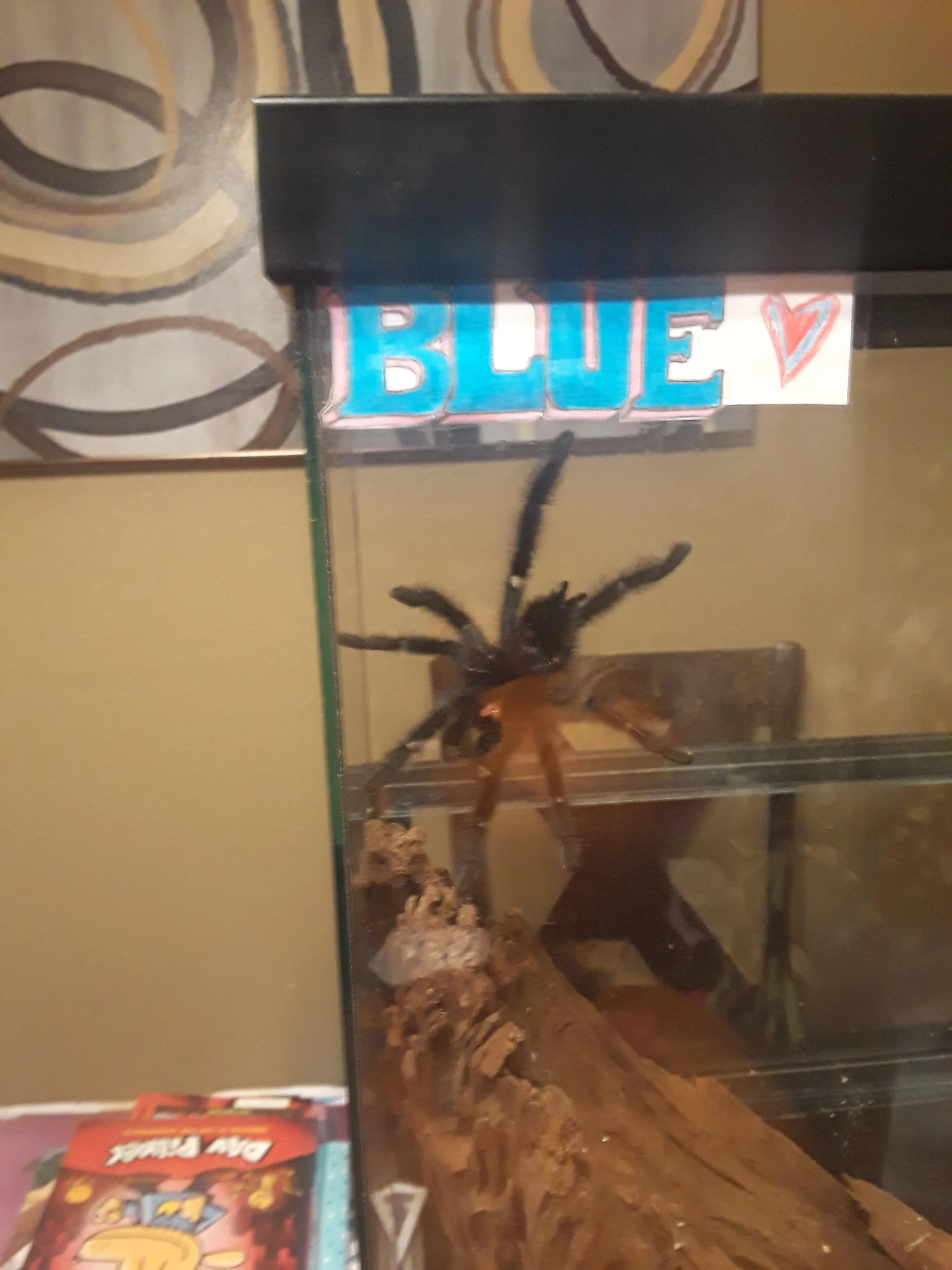Owning a Pink Toe Tarantula can be a rewarding experience, offering a unique glimpse into the world of arachnids. One of the most fascinating aspects of Pink Toe Tarantula care is the molting process. Molting is a natural and essential part of their growth, where they shed their exoskeleton to reveal a new, larger one. As a beginner, understanding molting is crucial for providing the best care and ensuring your tarantula’s health. This guide will provide you with essential tips to navigate this exciting phase, making the experience less stressful for both you and your eight-legged friend. Remember to always observe your tarantula closely and learn its individual behaviors. This will help you to anticipate and address any potential problems during this critical period. Patience and observation are key to successfully managing the molting process.
What is Molting for Pink Toe Tarantulas
Molting is the process by which a tarantula sheds its exoskeleton, the hard outer shell that protects its body. Unlike mammals, tarantulas do not grow continuously. Instead, they grow by periodically shedding their exoskeleton and growing a new, larger one. This process allows the tarantula to increase in size, replace lost limbs, and get rid of parasites. The frequency of molting decreases as the tarantula ages, with juveniles molting more often than adults. Molting is a vulnerable time for the tarantula, as its new exoskeleton is soft and delicate, making it susceptible to injury. The entire process is triggered by hormones and internal processes within the tarantula’s body. It’s a dramatic transformation, showcasing the resilience and adaptability of these amazing creatures. Understanding this process allows you to provide appropriate care, contributing to their well-being.
The Molting Process
The molting process itself is a complex sequence of events. The tarantula begins by creating a new exoskeleton underneath its old one. It then prepares for the molt by absorbing fluids from its old exoskeleton, which allows it to detach itself more easily. The tarantula usually flips onto its back during the molt. Using hydraulic pressure, the tarantula cracks open its old exoskeleton and slowly wriggles free. The entire process can take anywhere from a few minutes to several hours, depending on the size and age of the tarantula. Once the tarantula has fully emerged, it is incredibly vulnerable, as its new exoskeleton is soft and pliable. This period of vulnerability is why providing a safe, undisturbed environment is so vital. They will typically remain in one spot, allowing the new exoskeleton to harden, which can take several days or weeks.
Signs Your Pink Toe Tarantula is About to Molt
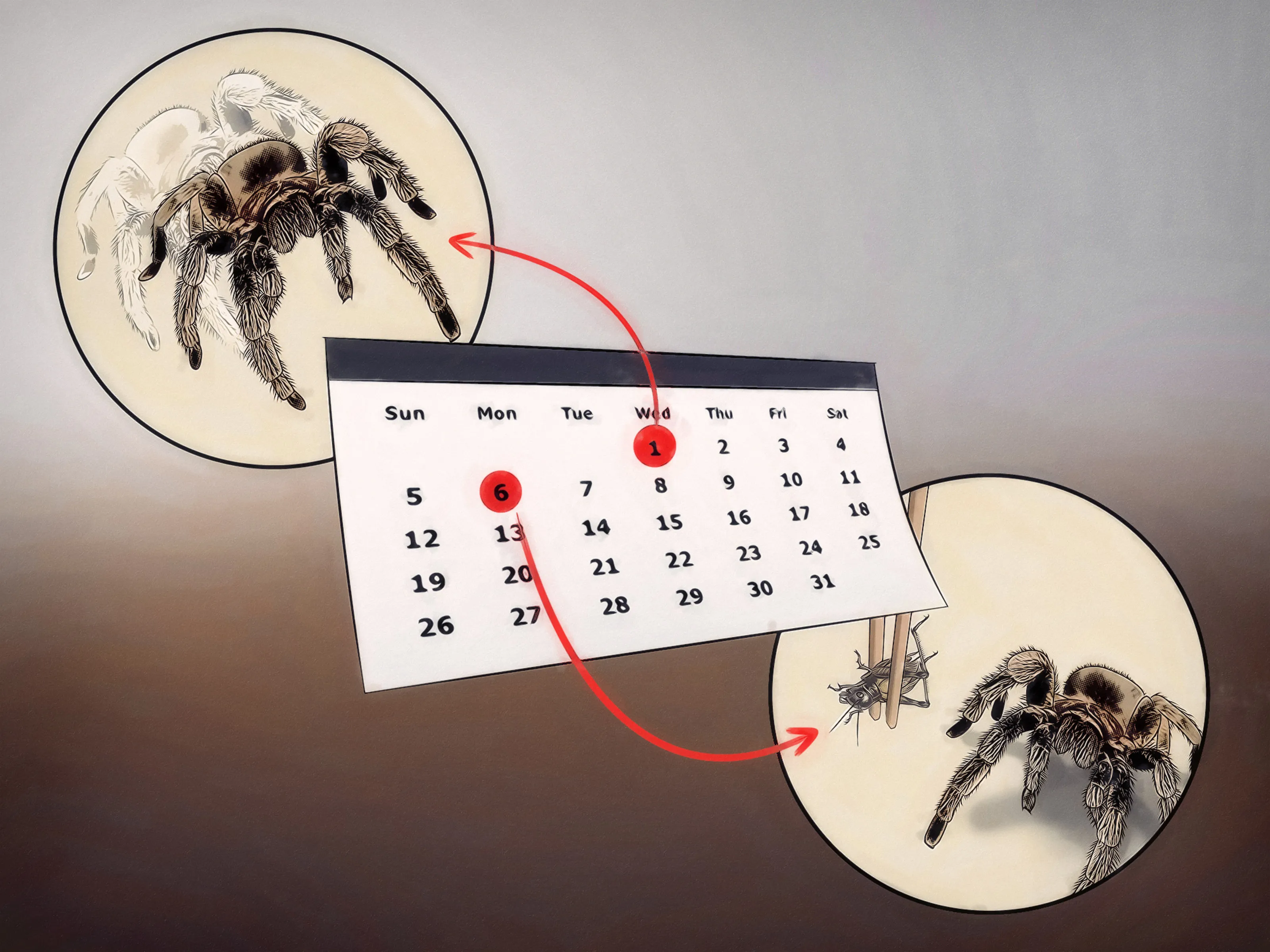
Recognizing the signs that your Pink Toe Tarantula is about to molt is crucial for proper care. One of the most common signs is a change in the tarantula’s behavior. They may become less active, spending more time in their hide or burrow. They may also stop eating altogether, refusing any offered food. Another sign is a darkening of the abdomen, as the new exoskeleton forms beneath the old one. You might also observe a change in the tarantula’s appearance, such as a dulling of the colors or the appearance of wrinkles on the abdomen. Some tarantulas will also build a web mat or a barricade, which they will molt in. If you observe any of these signs, it’s best to prepare for the molt and adjust your care accordingly. Knowing these signs will help you avoid unnecessary stress and ensure a smooth molting experience.
Preparing Your Pink Toe Tarantula for Molting
Preparing your Pink Toe Tarantula’s enclosure is essential for a successful molt. The primary goal is to provide a safe and stress-free environment. This means minimizing disturbances and ensuring the enclosure is set up correctly. Remove any potential hazards that could injure the tarantula during the process. This includes removing any sharp objects or anything that the tarantula could get stuck on. Make sure the enclosure is properly ventilated to prevent mold growth. Maintaining the correct temperature and humidity levels is also crucial to facilitate the molting process. By taking these precautions, you can create an environment where your tarantula feels secure and can molt without complications. This careful preparation demonstrates your commitment to your tarantula’s well-being.
Maintaining Optimal Humidity
Maintaining the correct humidity level is essential for a successful molt. Pink Toe Tarantulas are arboreal spiders, so they typically require a humidity level of 65-75%. Low humidity can make it difficult for the tarantula to shed its old exoskeleton, leading to a stuck molt. To maintain the correct humidity, you can mist the enclosure with dechlorinated water, but be careful not to over-saturate it. The substrate should be slightly moist, but not wet. You can also use a hygrometer to monitor the humidity levels. Ensure good ventilation to prevent mold growth. Proper humidity facilitates the molting process and keeps your tarantula healthy. Regularly monitoring and adjusting the humidity level is a key part of Pink Toe Tarantula care.
Providing a Safe Environment
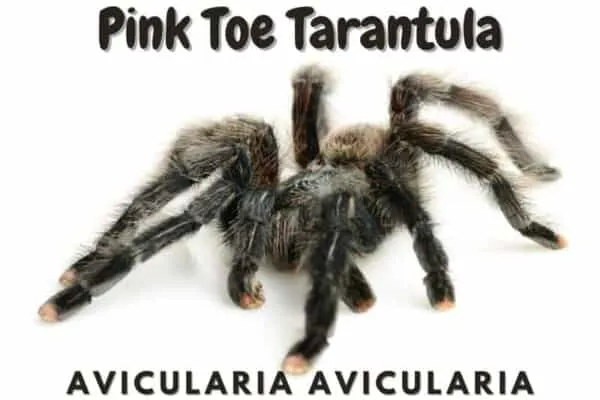
Creating a safe environment is also important during molting. Minimize any disturbances to the tarantula. Avoid handling the tarantula or disturbing its enclosure unnecessarily. Vibration can be stressful, so place the enclosure in a quiet location away from heavy foot traffic. Ensure that the enclosure is free of any potential hazards. Provide a hide or a secure place where the tarantula can feel safe and protected during the molt. By creating a safe and secure environment, you can reduce stress and increase the chances of a successful molt. A calm environment is essential for a smooth and healthy molting process.
What to Avoid During Molting
There are several things to avoid during the molting process to ensure the tarantula’s safety and well-being. Firstly, do not disturb the tarantula while it is molting. Avoid touching the tarantula or its enclosure, as this can cause stress and potentially interfere with the process. Secondly, do not attempt to assist the tarantula during the molt unless absolutely necessary. Interfering can cause injury or even death. Finally, avoid feeding the tarantula until its new exoskeleton has fully hardened. This reduces the risk of injury and gives them time to recover. Understanding these precautions is a key part of responsible Pink Toe Tarantula care.
Disturbing the Tarantula
One of the most important things to avoid during molting is disturbing the tarantula. Avoid handling the tarantula or its enclosure. This can cause stress and potentially interfere with the process. Keep the enclosure in a quiet location, away from heavy foot traffic or other disturbances. Avoid any sudden movements or loud noises near the enclosure. By minimizing disturbances, you can provide a safe and stress-free environment for your tarantula to molt. This will increase the chances of a successful molt and contribute to their overall well-being. Patience is a key virtue when caring for a molting tarantula.
Feeding Your Tarantula
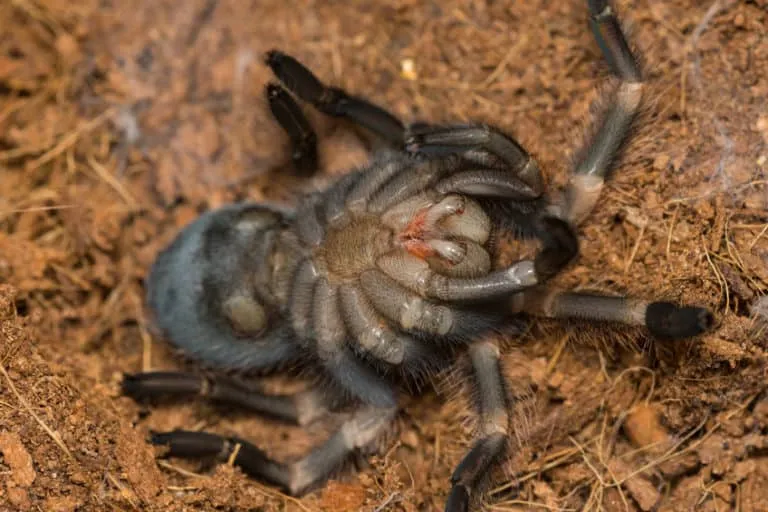
It’s essential to avoid feeding your Pink Toe Tarantula during the molting process and for a period afterward. The tarantula will typically refuse food before a molt. After the molt, the new exoskeleton is soft and vulnerable. Feeding them too soon can result in injury or even death. Wait until the new exoskeleton has fully hardened before offering food. The time it takes for the exoskeleton to harden can vary depending on the tarantula’s size and age, but it typically takes several days to a few weeks. During this time, provide fresh water and keep the environment stable. Always offer food gradually, starting with smaller portions. Proper feeding is an important aspect of post-molt care.
Post-Molting Care for Your Pink Toe Tarantula
After the molt, the new exoskeleton is soft and vulnerable. Careful post-molting care is crucial to ensure your tarantula recovers fully and thrives. This involves waiting for the exoskeleton to harden, gradually reintroducing food, and checking for any abnormalities. Providing the correct post-molt care helps ensure a healthy and successful transition for your Pink Toe Tarantula. Paying close attention to these details demonstrates your commitment to your pet’s health and happiness. This phase requires a different approach, focusing on careful observation and gradual reintroduction of regular activities.
Offering Food
After the molt, the tarantula will be hungry. However, wait until the new exoskeleton has fully hardened before offering food. This can take several days or weeks, depending on the size and age of the tarantula. Start with small, easily manageable prey items, such as small crickets or flightless fruit flies. Observe the tarantula’s feeding behavior. If they eat readily, you can gradually increase the size and frequency of the feedings. Always ensure that the prey items are no larger than the tarantula’s body. This helps ensure that the tarantula can handle the meal without difficulty. Providing the right nutrition at the right time supports their recovery and growth.
Checking for Deformities
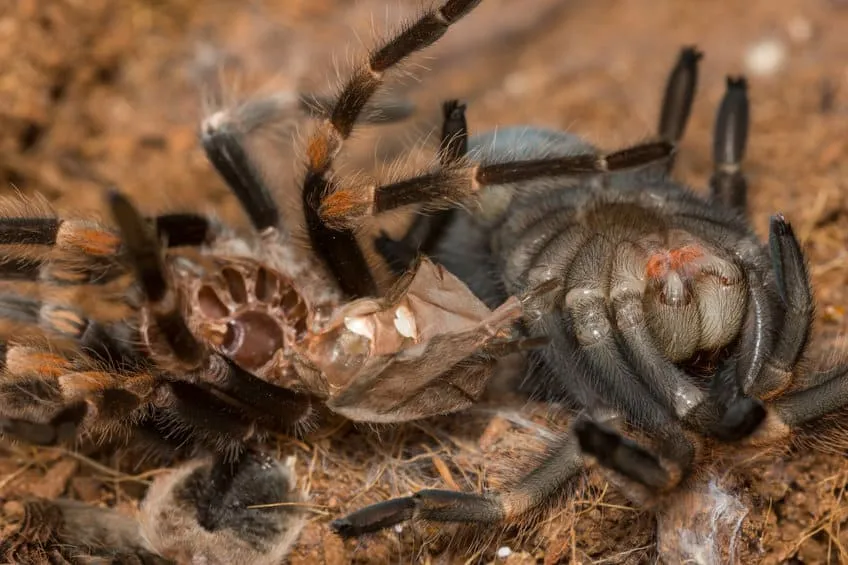
After the molt, carefully examine your Pink Toe Tarantula for any deformities. Although rare, molting can sometimes lead to problems such as missing limbs or deformed fangs. Early detection of any issues is crucial for the tarantula’s well-being. If you notice any deformities, consult with a veterinarian or an experienced tarantula keeper. In some cases, minor injuries may heal on their own with proper care. However, more serious deformities may require intervention. Regular checks after molting are a part of responsible pet ownership. Early intervention increases the chances of a successful outcome. This extra care exemplifies the importance of commitment to your tarantula’s welfare.
Molting is a natural and essential process for Pink Toe Tarantulas. Understanding the process, recognizing the signs, and providing the right care are crucial for your tarantula’s well-being. By following these tips, you can help ensure a safe and successful molting experience. Remember that patience and observation are key. With proper care, you can enjoy watching your Pink Toe Tarantula thrive and grow. Enjoy the fascinating journey of Pink Toe Tarantula ownership and appreciate the amazing process of molting.
